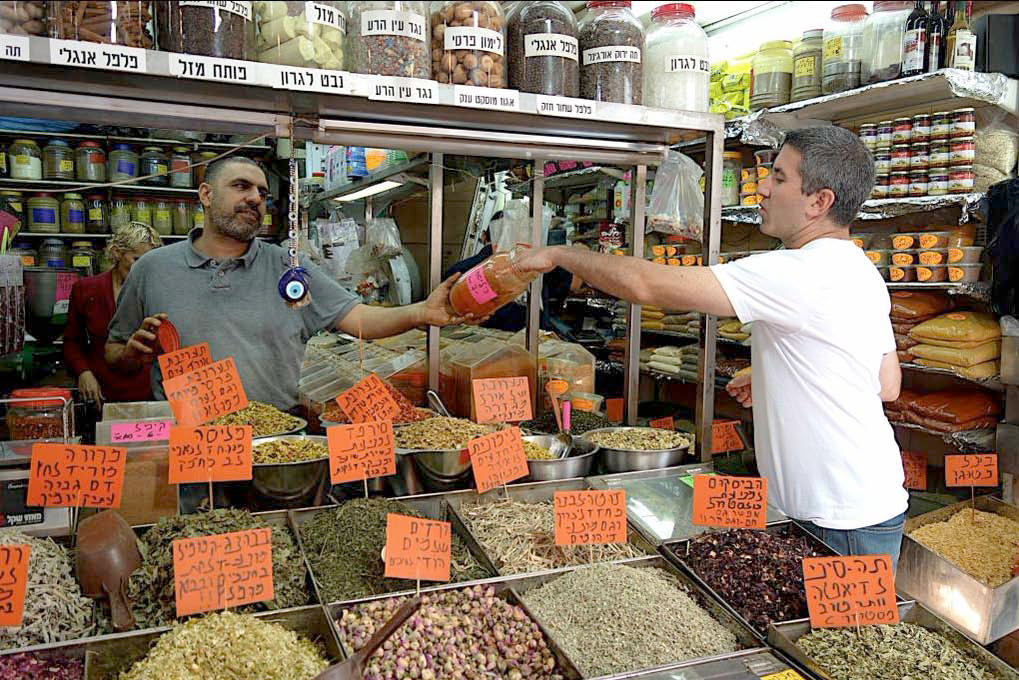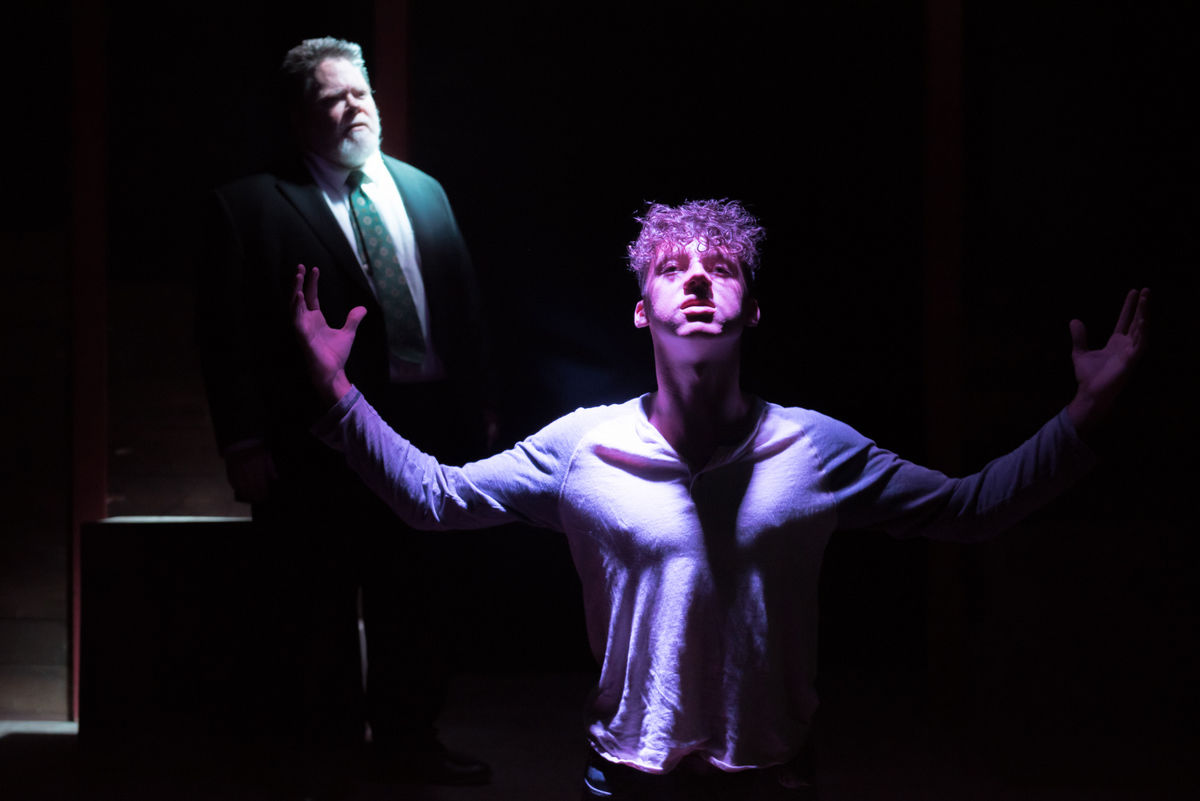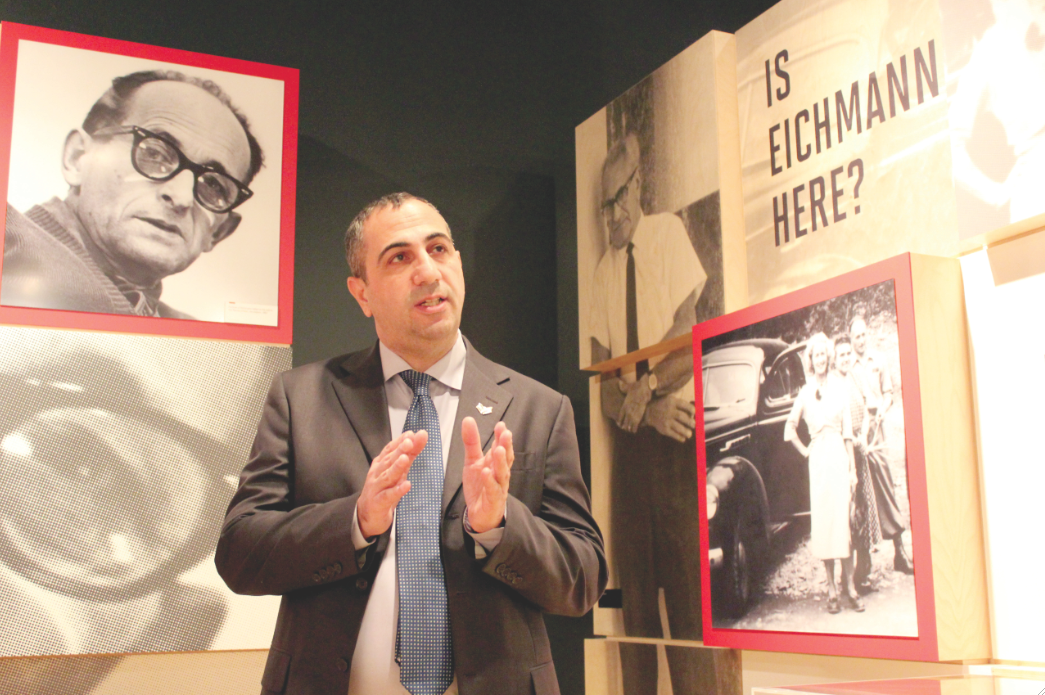MOCA brings colorful works of social activist to Cleveland
By Michael C. Butz

Corita Kent, “mary does laugh,” 1964, serigraph, 29¾ x 39¼ inches. Courtesy of the Tang Museum at Skidmore College and Corita Art Center, Los Angeles.

Corita Kent, “for emergency use soft shoulder,” 1966, serigraph, 29¾ x 36 inches. Courtesy of the Tang Museum at Skidmore College and Corita Art Center, Los Angeles.
For many, the 1960s and ’70s are remembered as a time of social turbulence and transformation as well as for the emergence of various art forms that sought to capture the zeitgeist.
Musicians and artists alike rose to prominence documenting the civil rights movement and the Vietnam War. Among them was Corita Kent, a nun, teacher, civil rights activist, feminist and antiwar advocate who as a graphic artist primarily used screen prints to convey her messages of peace and acceptance.
Kent’s work will be highlighted in a touring exhibition called “Someday is Now: The Art of Corita Kent,” which will make a stop in Northeast Ohio from June 27 to Aug. 31 at the Museum of Contemporary Art Cleveland.
A Sister of the Immaculate Heart of Mary, King taught in the art department at Immaculate Heart College in Los Angeles from 1947 through 1968. While at the college, she developed her own version of Pop Art, mixing bright, bold imagery with provocative texts pulled from a range of secular and religious sources, including street signs, scripture, poetry, philosophy, advertising and song lyrics, according to MOCA.

Immaculate Heart College Art Department, Los Angeles, c. 1955, courtesy of Corita Art Center, Los Angeles.
“It’s definitely a very unique vision that Corita had,” says Rose Bouthillier, associate curator at MOCA.
“Toward the end of the ’60s, she started getting quite involved in social activism, drawing from Newsweek and Time covers,” she says. “She was active in protesting (the Vietnam War), as were her colleagues in different religious communities. … She was definitely very keyed in to what was going on around her.”
Kent used printmaking as a populist medium to communicate with the world, and her avant-garde designs appeared widely as billboards, book jackets, illustrations and posters. Kent sought out revelation in the everyday, exploring grocery stores, car dealerships and Hollywood streets for inspiration.
“Someday is Now” will feature more than 200 serigraphy prints, including early abstractions and text pieces as well as more lyrical works made in the ’70s and ’80s, according to MOCA. In addition, the exhibition will present rarely exhibited drawings and photographs Kent used for teaching and documentary purposes.
Unique to the Cleveland presentation of “Someday Is Now” is a colorful 40-foot-long banner Kent designed for the 1964 New York World’s Fair.
“The banner was actually purchased by the United Church of Christ after the fair came down; then their headquarters moved to Cleveland, and they brought the banner with them,” Bouthillier says. “This beautiful historical piece will only be shown at Cleveland’s iteration of the show.”
Named “The Beatitudes,” the banner is a mix of Bible-like phrases – such as “Happy are those who make peace, for they will be known as sons of God” – and quotes from former President John F. Kennedy and Pope John XIII, both of whom died in 1963, a year before the World’s Fair.
Though the banner was displayed for a time in the early ’90s at United Church of Christ’s downtown Cleveland headquarters, it spent the last 20 years or so hidden away in the UCC archives – until Bouthillier and other curators came calling in March.
Also part of MOCA’s presentation of “Someday is Now” will be opportunities for visitors to enjoy a hands-on experience.
From 1 to 3 p.m. each Saturday in July and August, a printmaking studio will be available in which visitors can work with a facilitator to create a screen print using the techniques, colors and forms that Kent employed in her work. Participation is free with admission.
From noon to 4 p.m. on Saturday, July 12, a community printmaking day will be held in which families and community members are invited to experiment with various printmaking processes to create positive statements. Participants in the free event will be encouraged to make at least one large print that will be displayed in August at the 2014 Gay Games in Cleveland.
“So much of what Corita did was catalyzing groups of people,” says Bouthillier, adding that “Someday is Now” affords visitors “the opportunity to come to the museum and respond not only to the exhibition but also to the contemporary issues of Cleveland or things happening in your life.
“Bringing people together from different communities to make things is an important aspect of what Corita did, and in that same spirit, we can give this show,” she says. CV
*Lead image: Installation view, Someday Is Now: The Art of Corita Kent, Tang Teaching Museum at Skidmore College, 2013. Courtesy of the Tang Museum at Skidmore College and Corita Art Center, Los Angeles.











